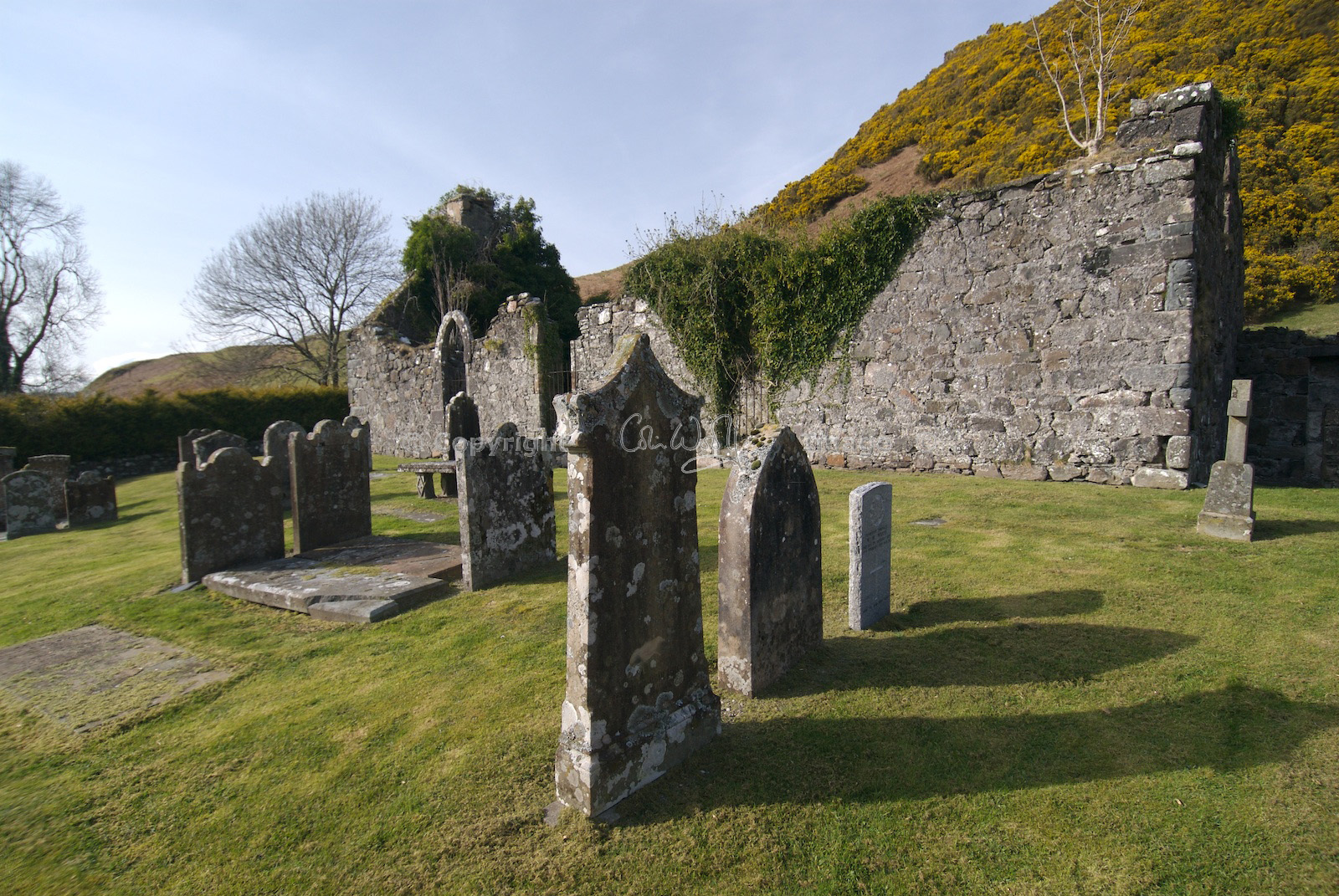
Kilmore – a quiet chapter
 Just south of Oban, close to the shore of Loch Feochan, is a small ruined church called Kilmore. It’s easy to pass it by, because it lies on a minor road that winds its way up the glens; in fact, we only discovered it by chance, several years ago.
Just south of Oban, close to the shore of Loch Feochan, is a small ruined church called Kilmore. It’s easy to pass it by, because it lies on a minor road that winds its way up the glens; in fact, we only discovered it by chance, several years ago.
At Kilmore, there are no information notices telling you its age and history – the only clues are natural ones. Map lichen is painting blotches of silvery grey on the grave stones, engulfing any inscriptions that might have survived the weather. Ivy is engulfing the roofless church, and it’s very likely that pipits and wagtails are nesting in its walls.
The first record of a church here is in the 14th century, although the present structure, according to the RCAHMS, probably dates from the 1500s. The church was dedicated to St Bean (also known as Baithene, Ban and Bain); an Irish missionary, he is believed to have been a cousin of St Columba and an abbot of Iona.
In the 17th century the parish of Kilmore was united with that of nearby Kilbride, and the church underwent some alteration. Further improvements were made in the mid-1800s, but after that the building fell prey to the Victorians’ passion for Gothic-style ruins: in 1876 the roof was dismantled and part of the east gable was removed, in order to make it look more ‘romantic’. I find it hard to believe that such a thing was allowed to happen to a sacred building, and such an ancient one at that. It’s not as if derelict places were in short supply, especially following the Clearances!
Canmore, the RCAHMS database, tells us that:
“The most notable feature of the interior is a large tomb recess, of late medieval date, at the east end of the south wall… A bird-cage belfry was added to the west gable, probably in the 18th century, but although entire in 1900, this has now disappeared.”
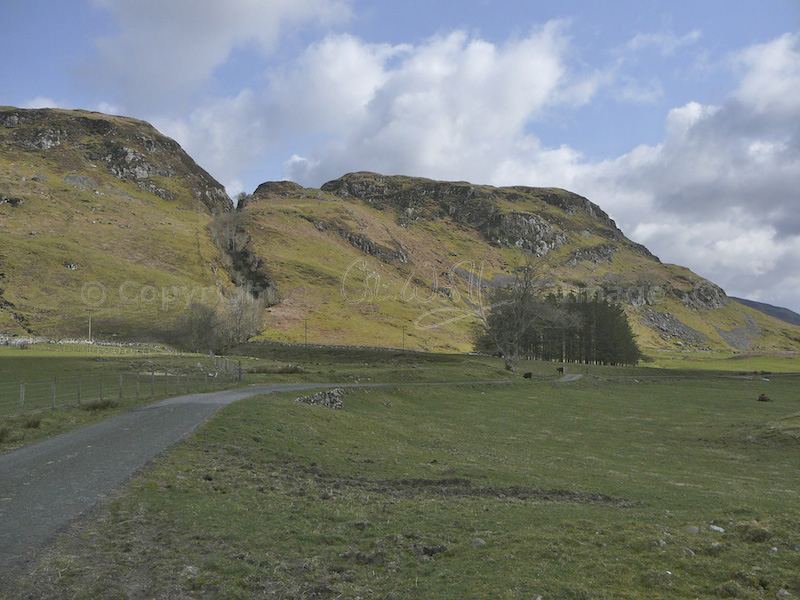
Five medieval incised stones can be found in the churchyard, although any inscriptions are now illegible. In the face of the west wall is a monument to James Campbell, a minister who died in 1756. I’m not sure what he would have made of the premeditated attack on his church, but at least now he is undisturbed. On a warm day, with the scent of gorse drifting across on the wind, you can imagine the small congregation coming to pray here – and then you can shut the gate and leave them in peace.
Sources:
Photos copyright © Colin Woolf
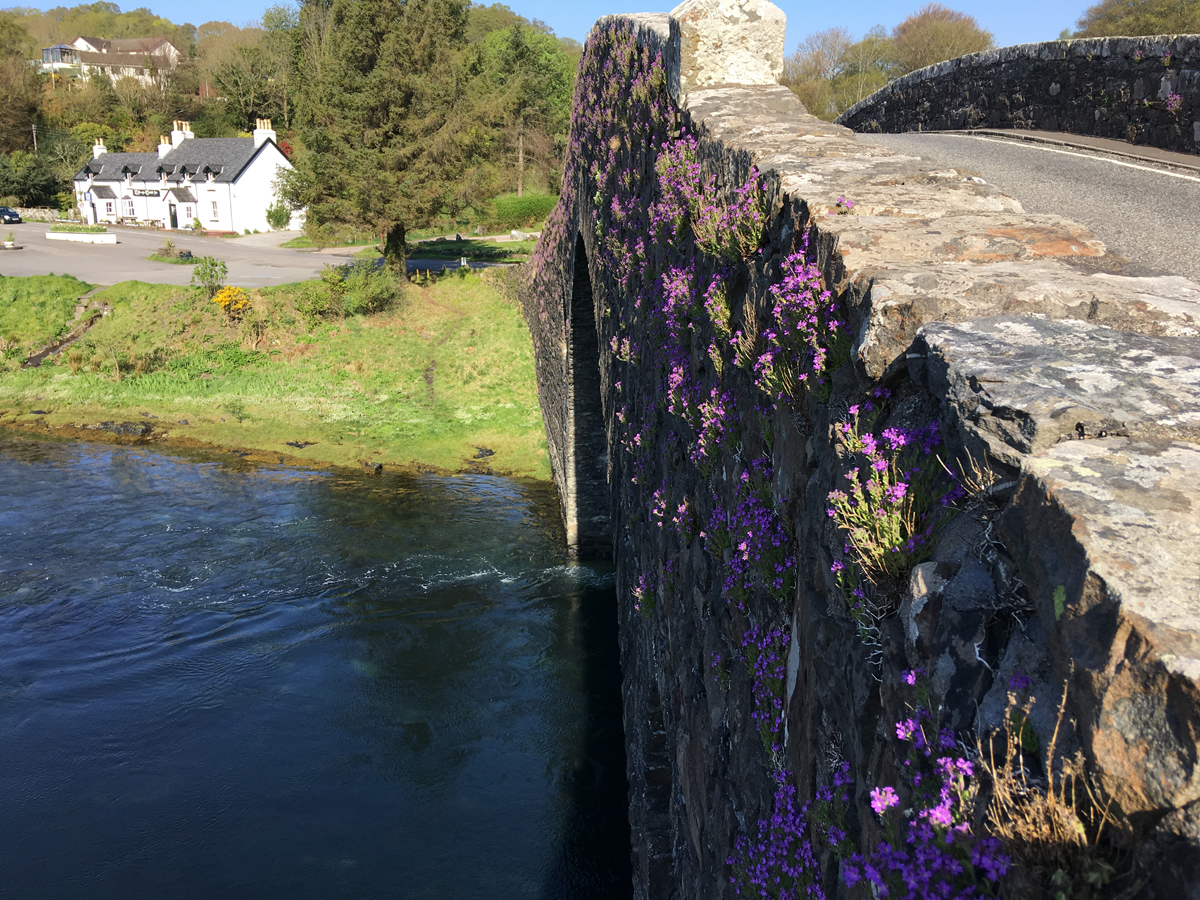
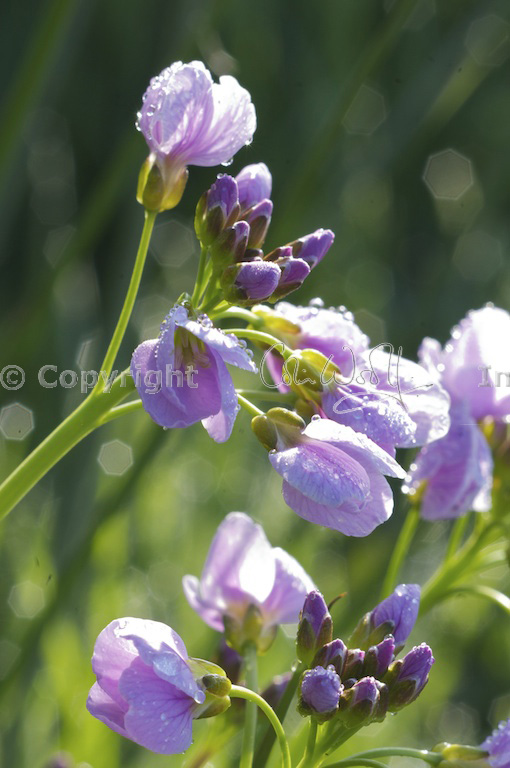

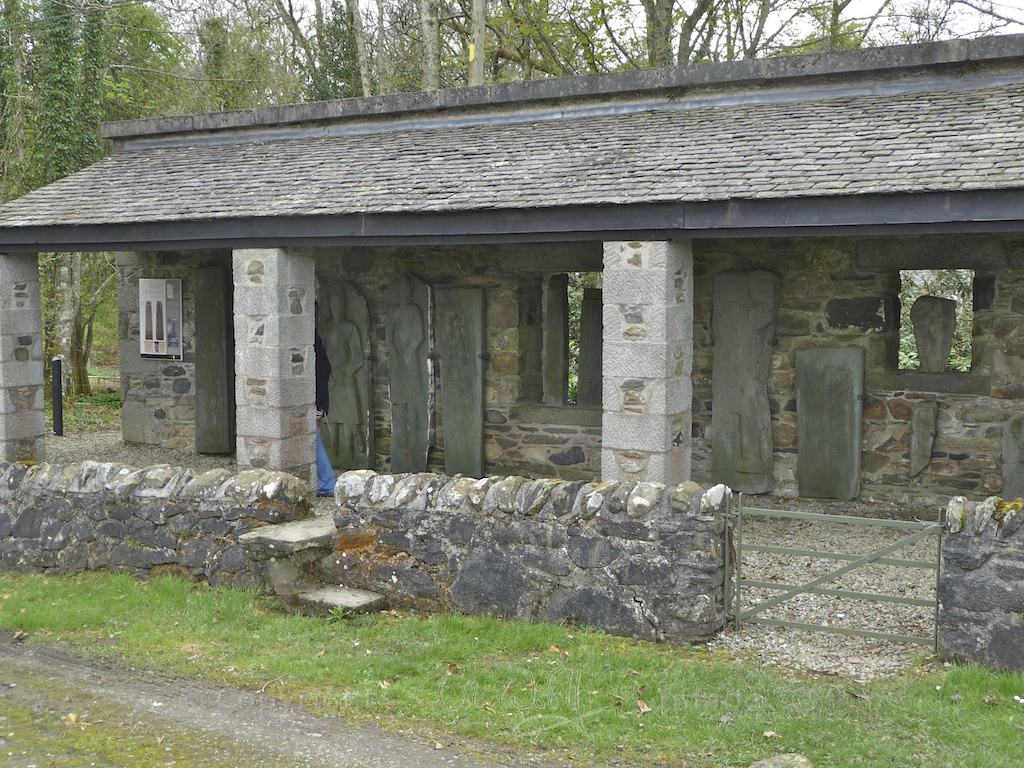
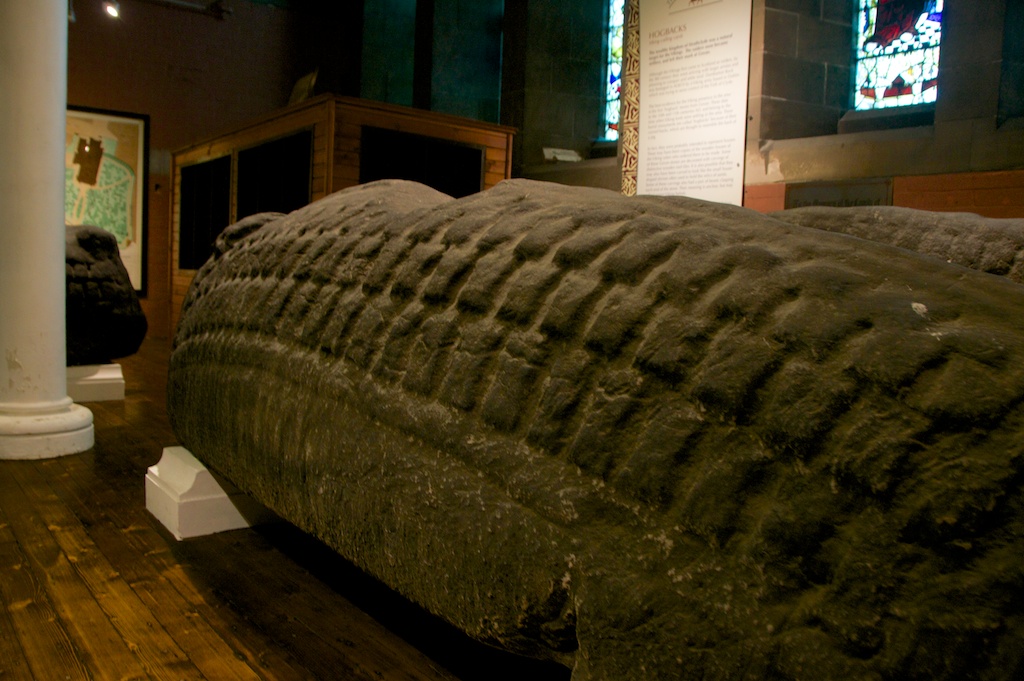
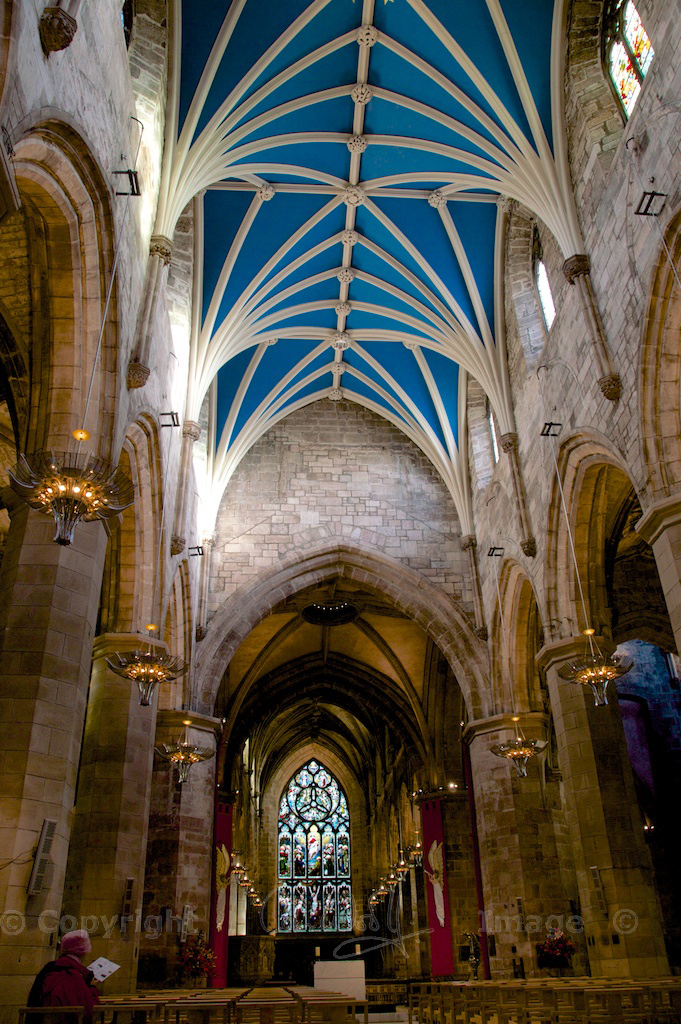
16 Comments
tearoomdelights
What a lovely little find. From the state of the grass, it seems to be well looked after.
Jo Woolf
It really was a lovely find. We must go back there some time. I liked the fact that the grass had been mown too – that’s what I like about these places, there seems to be just the right balance of care and abandonment!
Watching Seasons
I admire the fact that there’s so much visible history left in the UK!
Jo Woolf
We’re lucky that so much has been preserved. I love these old places that haven’t had too many ‘visitor-friendly’ conveniences added!
edmooneyphotography
Very nice, Its unbelievable the amount of these little country chapels that were built. Im finding them scattered everywhere!
Jo Woolf
Thank you, it’s a lovely spot. There are loads of these abandoned places in the Highlands and I can see from your blog that Ireland is littered with them too!
dhphotosite
So much history…thanks for sharing !
Jo Woolf
Thank you, glad you enjoyed it!
J2Scotland
this is very interesting. I always enjoy hearing about a link to St. Columba and Iona. I can’t believe they took down part of the building just to make it make romantic-looking. a bit mind-boggling really.
Jo Woolf
No, nor can I believe it! The Victorians were a law unto themselves in many ways. I love St Columba too – there’s something wonderful about his story and about Iona.
Ysbryd
Silly question, but how do you know what you’ve found if there’s no markers indicating what it is?
Jo Woolf
Not a silly question – the answer is what I like doing best, which is researching! 🙂
Ysbryd
So you travel, take photos, find these wonderful little gems, then go home and find out where exactly you’ve been?
Jo Woolf
Sometimes that’s how it works! Other times we know where we’re going and what we’re looking for. Good fun!
Andy MacArthur
We live in the cottage over the fence, Tigh an Eaglais, House of the church and were married in the church in 1998.
The grass is cut by the local council as the last person buried there was a canadian infantryman stationed locally in 1919 William Henry White died 17/02/1919 age 19. Registered as a war grave with the CWGC.
Colin Cambell of Glenfeochan is buried there although the grave is not marked – he fought and was killed (or executed?) at the Battle of Inverlochy in 1645.
Jo Woolf
Wow, what a lovely place to live, and to be married! That is very interesting about the war grave, and about Colin Campbell. Thank you very much for sharing that information!